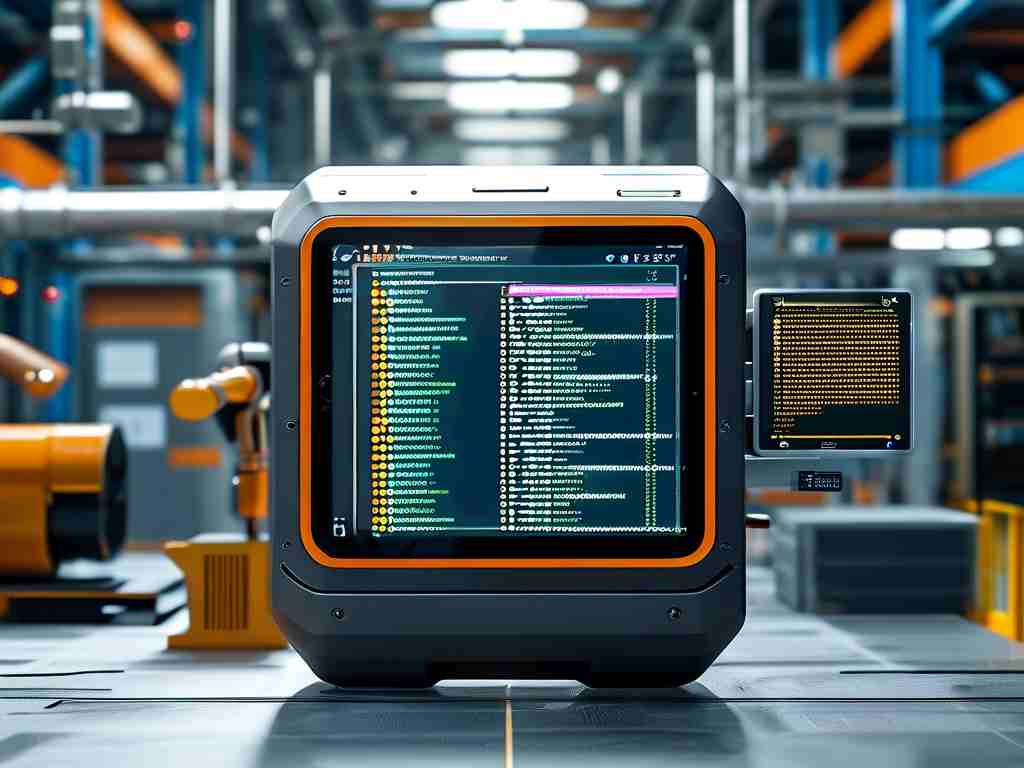In the ever-evolving landscape of software development, proficiency in C database development remains a cornerstone for building high-performance, scalable systems. While modern languages like Python and JavaScript dominate web development, C continues to power critical database engines, embedded systems, and low-level applications. This article explores the technical and practical aspects of mastering C-based database development, emphasizing its relevance in today's tech ecosystem.
Why C for Database Development?
C's enduring popularity in database systems stems from its unparalleled control over hardware resources and memory management. Databases demand efficiency, speed, and reliability-qualities that C delivers through its minimalist design. Unlike higher-level languages, C allows developers to optimize every byte of memory and CPU cycle, which is crucial for handling large datasets and concurrent transactions. For instance, renowned databases like SQLite and MySQL rely heavily on C for their core functionalities.
Moreover, C's portability ensures compatibility across platforms, making it ideal for cross-system database solutions. Developers who master C gain the ability to interface directly with operating systems and hardware, bypassing the abstractions that often bottleneck performance in managed languages.
Core Concepts in C Database Development
-
Memory Management: Efficient memory allocation is critical in database systems. C's manual memory management-using
malloc,calloc, andfree-provides granular control but requires meticulous error handling. Memory leaks or buffer overflows in C can crash entire systems, making practices like pointer validation and garbage collection algorithms essential. -
File I/O Operations: Databases often store data on disk for persistence. C's low-level file I/O functions (
fopen,fread,fwrite) enable direct interaction with storage devices, allowing developers to design custom indexing strategies or caching mechanisms. For example, a C-based database might implement a B-tree structure on disk to accelerate query performance. -
Concurrency and Threading: Modern databases handle thousands of simultaneous requests. C's native support for multithreading (via libraries like pthread) lets developers build thread-safe systems. Techniques like mutex locks and semaphores prevent race conditions during data writes or updates.

Building a Simple Database in C
To illustrate C's capabilities, let's outline the steps to create a rudimentary key-value store:
-
Data Structure Design: Define a struct to represent database entries:
typedef struct { char key[256]; char value[1024]; time_t timestamp; } DatabaseEntry; -
Disk Persistence: Serialize data to a binary file using
fwrite:
FILE *db_file = fopen("database.bin", "ab"); fwrite(&entry, sizeof(DatabaseEntry), 1, db_file); fclose(db_file); -
Query Optimization: Implement a hash table in memory to map keys to file offsets, reducing disk seeks during reads.
-
Concurrency Control: Use pthread mutexes to ensure atomic writes:
pthread_mutex_lock(&db_mutex); // Perform write operation pthread_mutex_unlock(&db_mutex);
Challenges and Best Practices
While C offers power, it demands discipline. Common pitfalls include:
- Memory Corruption: Dangling pointers or buffer overflows can corrupt data. Tools like Valgrind help detect leaks.
- Portability Issues: Platform-specific code (e.g., endianness) requires conditional compilation.
- Security Vulnerabilities: Unsafe functions like
strcpyshould be replaced withstrncpyto prevent exploits.
Adopting best practices-such as writing unit tests, using static analyzers, and adhering to coding standards-mitigates these risks.
Real-World Applications
Leading databases built with C demonstrate its versatility:
- SQLite: A self-contained, serverless SQL database engine used in billions of devices.
- Redis: An in-memory data store renowned for its speed, leveraging C for low-latency operations.
- PostgreSQL: While primarily written in C, it combines C extensions for performance-critical modules.
The Future of C in Database Systems
Despite the rise of Rust and Go, C's role in database development remains secure. Its maturity, performance, and extensive ecosystem ensure its relevance in edge computing, IoT, and real-time analytics. Developers who master C gain a competitive edge in optimizing legacy systems or innovating new database architectures.
Mastering C database development is not merely about learning a language-it's about embracing a mindset of precision and efficiency. From memory management to concurrency, C equips developers with the tools to build robust, high-performance databases. As data continues to drive technological progress, proficiency in C ensures you're prepared to tackle the challenges of tomorrow's data-centric world.









